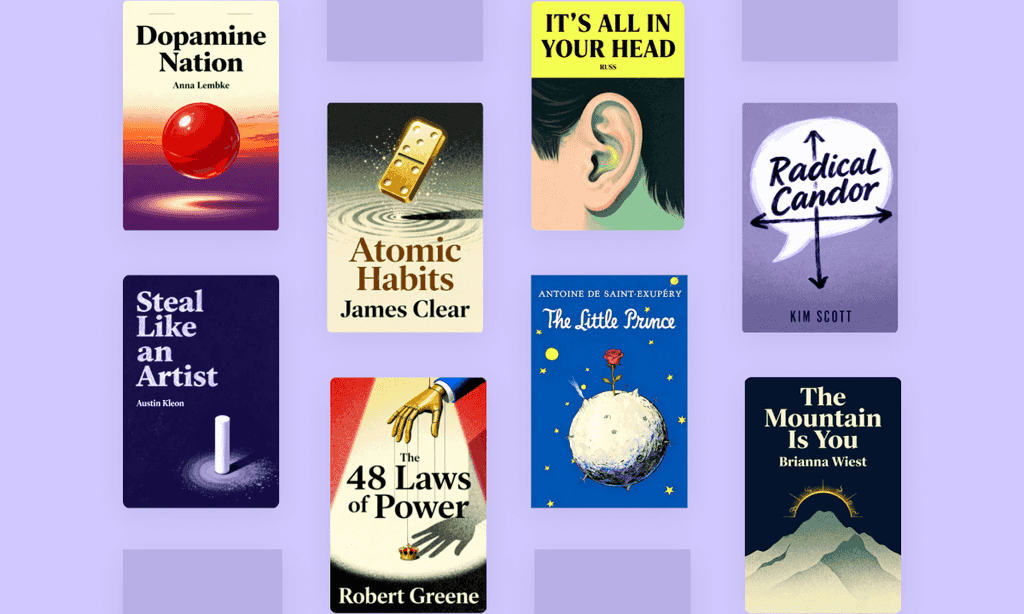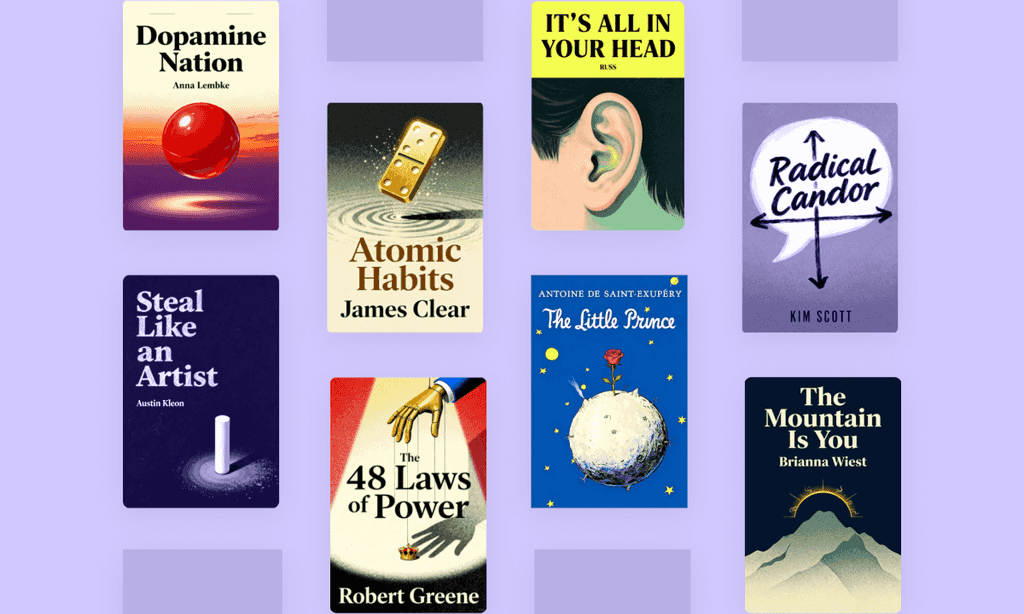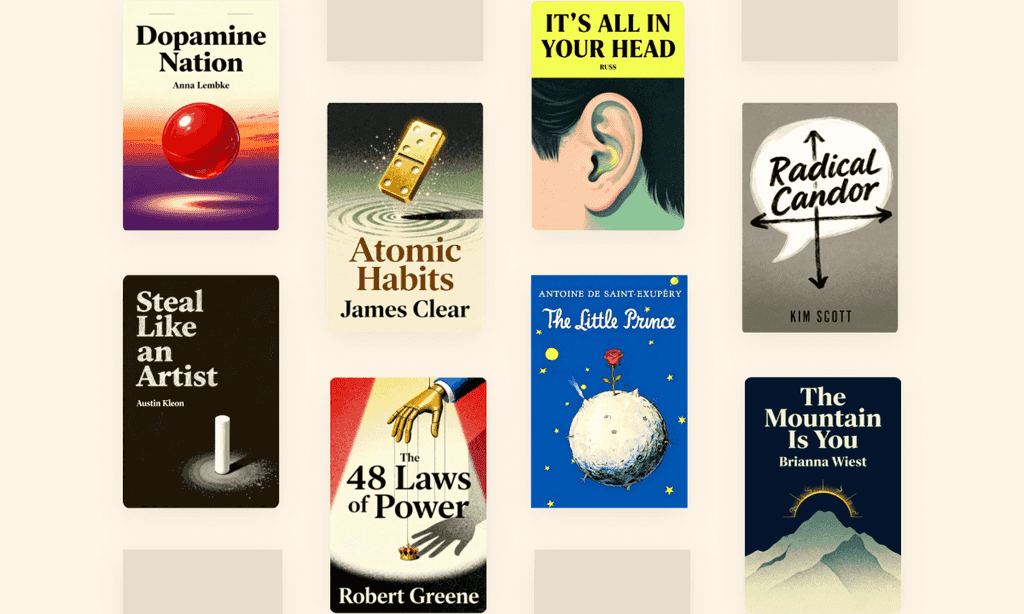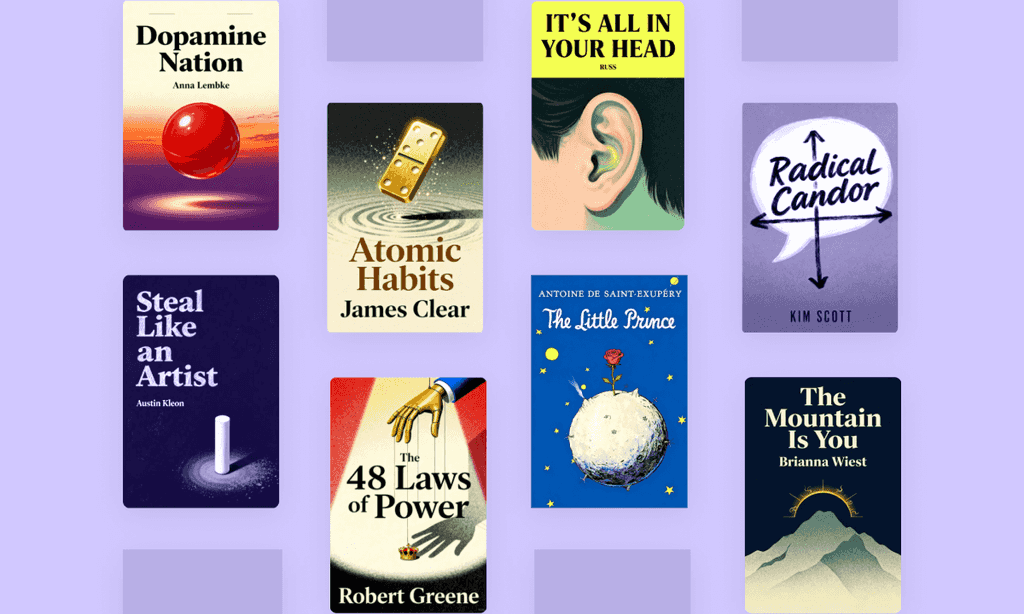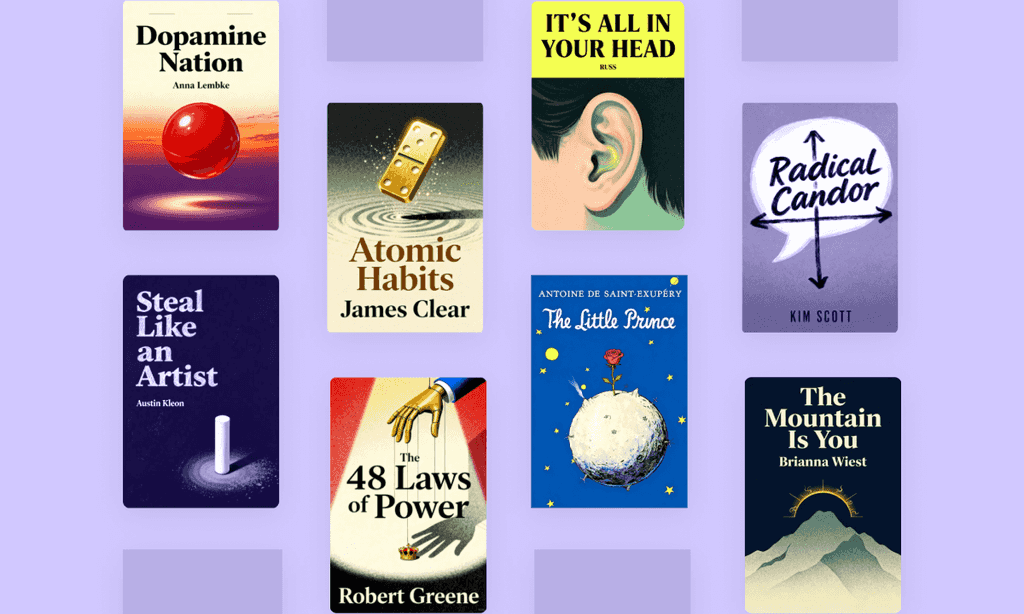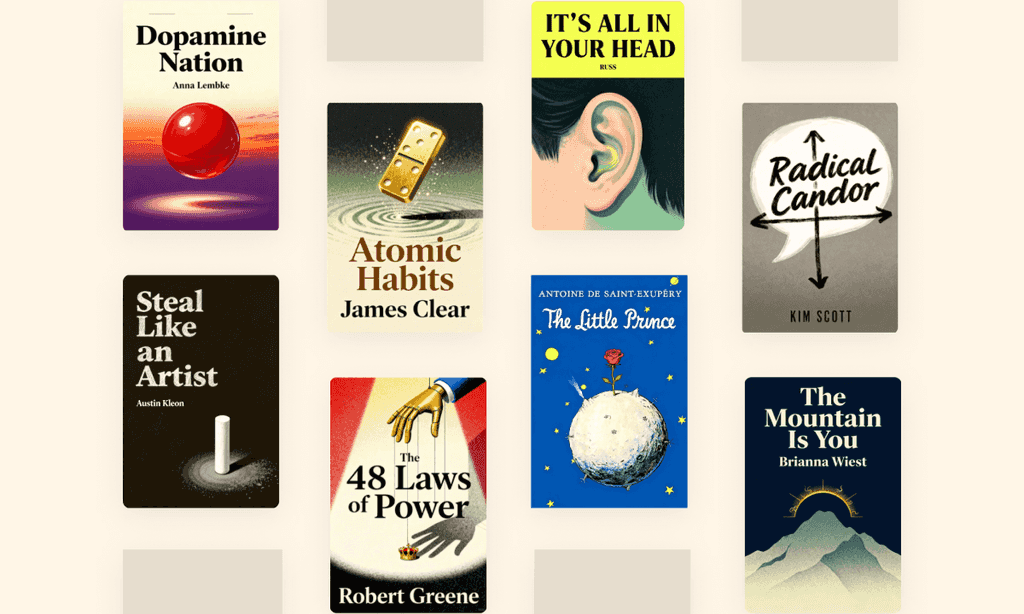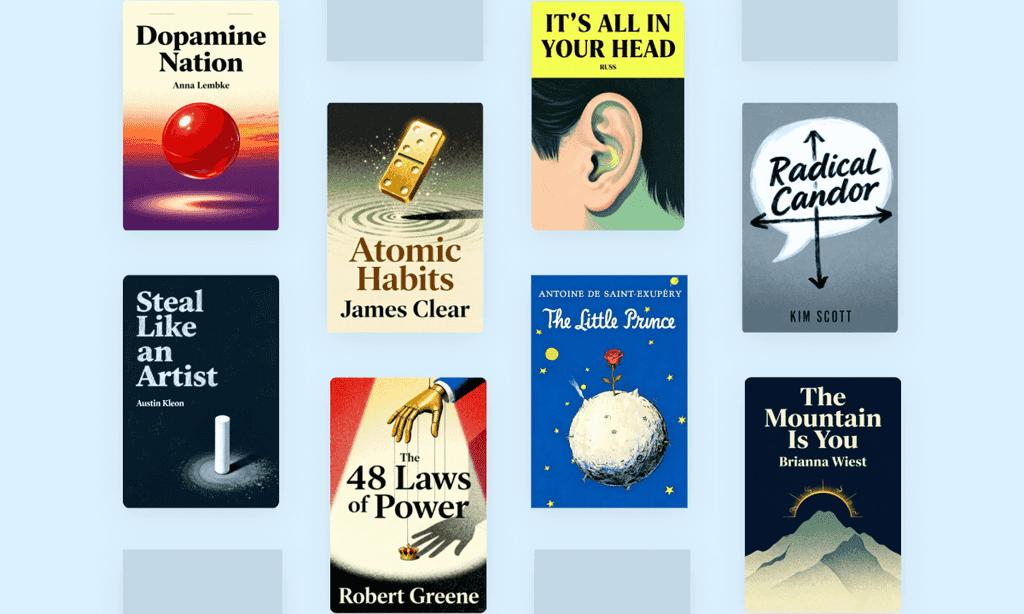
When Einstein Walked with Gödel by Jim Holt Summary
Journey through intellectual frontiers where Einstein and Godel once strolled. Jim Holt's acclaimed essays make complex science delightfully accessible, praised by Freeman Dyson himself. What profound mysteries did these geniuses uncover that still shape our understanding of reality today?
About the author
Jim Holt, acclaimed author of When Einstein Walked with Gödel: Excursions to the Edge of Thought, is a prominent essayist and journalist renowned for making complex scientific and philosophical concepts accessible to general audiences. A longtime contributor to The New York Times, The New Yorker, and The New York Review of Books, Holt’s work bridges mathematics, theoretical physics, and existential inquiry.
Reflecting his academic background in mathematics (University of Virginia) and philosophy (Columbia University), his 2012 bestseller Why Does the World Exist? An Existential Detective Story, a National Book Critics Circle Award finalist translated into over a dozen languages, established his reputation for tackling profound metaphysical questions with narrative verve.
Holt’s earlier book, Stop Me If You’ve Heard This: A History and Philosophy of Jokes, showcases his ability to intertwine scholarly analysis with humor. A frequent media presence on BBC, CNN, and NBC, Holt’s essays distill abstract ideas into engaging explorations, earning recognition for their clarity, wit, and intellectual daring. When Einstein Walked with Gödel continues this tradition, offering readers a provocative journey through the minds of revolutionary thinkers.
FAQs About This Book
When Einstein Walked with Gödel is a collection of essays exploring profound scientific and mathematical concepts, from relativity and quantum mechanics to infinity and logic. Jim Holt examines groundbreaking ideas through the lens of historical figures like Einstein, Gödel, and Alan Turing, blending accessible explanations with insights into their personal and intellectual journeys.
This book is ideal for science enthusiasts, philosophy readers, and anyone curious about fundamental questions in physics and mathematics. Holt’s engaging writing makes complex topics like Gödel’s incompleteness theorems or Einstein’s relativity approachable for general audiences while offering fresh perspectives for experts.
Yes—critics praise Holt’s ability to distill advanced concepts into witty, thought-provoking essays. The book received acclaim for its blend of biographical storytelling and scientific rigor, making it a standout in science writing. Fans of Why Does the World Exist? will appreciate Holt’s trademark clarity and humor.
In their later years, Einstein and Gödel formed an unlikely friendship during walks at Princeton. Despite Einstein’s fading reputation for rejecting quantum theory and Gödel’s paranoid tendencies, they bonded over discussions about physics, philosophy, and the nature of time. Their dialogues symbolized a meeting of two revolutionary minds.
Key themes include quantum mechanics, Gödel’s incompleteness theorems, relativity, and the paradoxes of infinity. Holt also explores lesser-known ideas, like Gödel’s belief that the U.S. Constitution contains a logical contradiction and whether the universe has a definitive future.
Holt simplifies Gödel’s proof that no mathematical system can be both complete and consistent, revealing inherent limits to human knowledge. The theorems challenged the notion of absolute truth in logic, reshaping philosophy and science. Gödel’s work is framed as a pivotal moment in intellectual history.
Yes—essays profile figures like Emmy Noether (pioneer in symmetry physics), Benoit Mandelbrot (fractals), and Alan Turing (computing). Holt highlights their contributions while weaving in anecdotes, such as Turing’s wartime codebreaking and Mandelbrot’s artistic approach to mathematics.
Some note the book’s focus on essay collections over deep biographical analysis. While praised for breadth, readers seeking exhaustive accounts of Einstein or Gödel may prefer dedicated biographies like A World Without Time.
Both books tackle existential questions, but When Einstein Walked with Gödel emphasizes scientific history over metaphysics. It retains Holt’s humorous style and interdisciplinary approach but shifts focus to thinkers who shaped modern physics and mathematics.
Holt recounts Gödel’s obsessive fear of poisoning, Einstein’s disdain for quantum “spookiness,” and Turing’s tragic persecution for his sexuality. These stories humanize iconic figures while underscoring the societal challenges they faced.
Yes—essays delve into how scientific discoveries intersect with philosophy, such as whether math is invented or discovered, the nature of time, and the ethical dimensions of AI (via Turing’s work). Holt bridges abstract theory with real-world relevance.
The book compiles revised essays originally published in The New Yorker and The New York Review of Books. Each chapter stands alone but collectively explores themes of genius, creativity, and the limits of human understanding, framed by Holt’s accessible commentary.
Quick Summary Mode - Read or listen to When Einstein Walked with Gödel Summary in 9 Minutes
Break down key ideas from When Einstein Walked with Gödel into bite-sized takeaways to understand how innovative teams create, collaborate, and grow.
Flash Card Mode - Top 10 Insights from When Einstein Walked with Gödel in a Nutshell
Distill When Einstein Walked with Gödel into rapid-fire memory cues that highlight Pixar’s principles of candor, teamwork, and creative resilience.

Fun Mode - When Einstein Walked with Gödel Lessons Told Through 18-Min Stories
Experience When Einstein Walked with Gödel through vivid storytelling that turns Pixar’s innovation lessons into moments you’ll remember and apply.
Personalize Mode - Read or listen to When Einstein Walked with Gödel Summary in 0 Minutes
Ask anything, pick the voice, and co-create insights that truly resonate with you.

From Columbia University alumni built in San Francisco
See More Stories?

Get the When Einstein Walked with Gödel summary as a free PDF or EPUB. Print it or read offline anytime.






